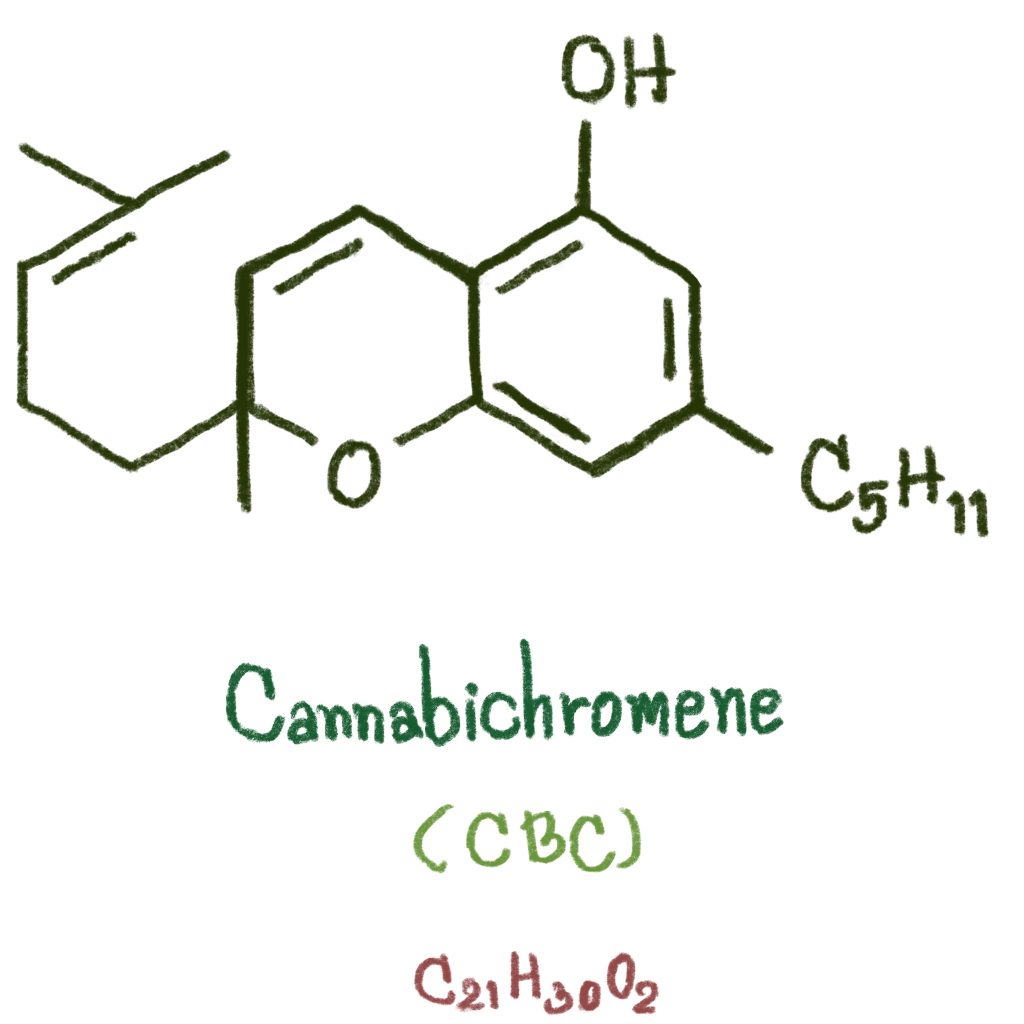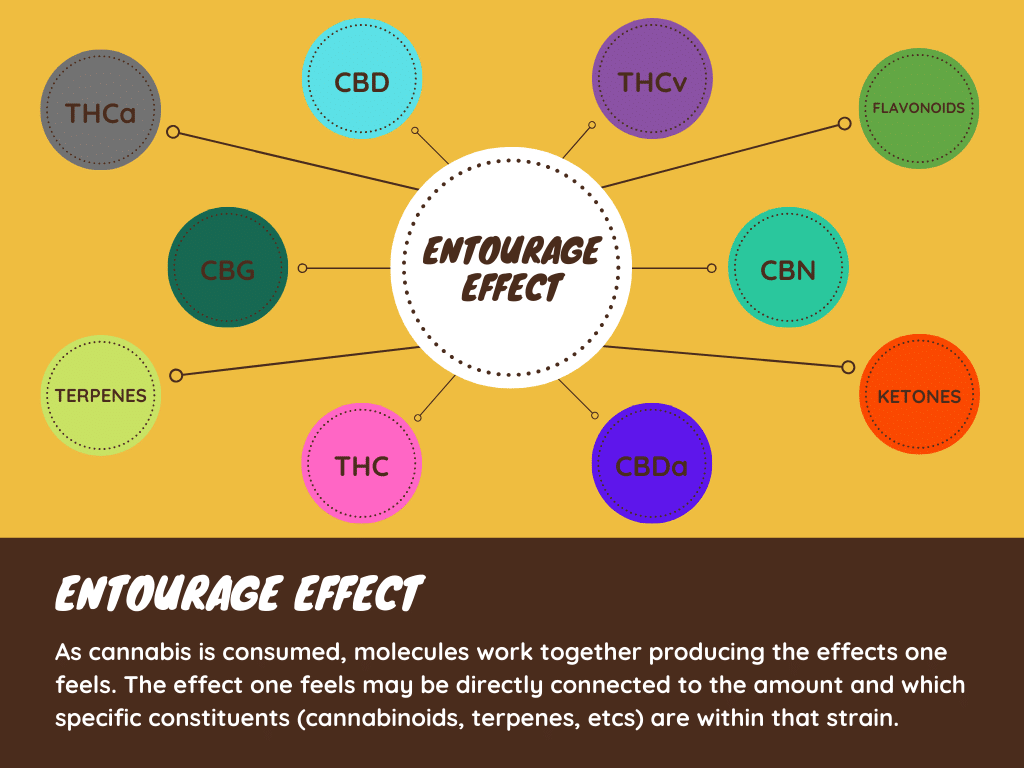Delta 8 THC: Getting To Know It And Other Minor Cannabinoids
The abbreviation THC stands for Tetrahydrocannabinol. More than that, it’s typically used to represent delta-9 tetrahydrocannabinol, the cannabinoid responsible for the “high” feeling you get after consuming cannabis.

Delta-8 tetrahydrocannabinol, often called delta-8 THC, offers unique medical benefits and a less intense psychoactive experience that may be more suitable to certain consumers.
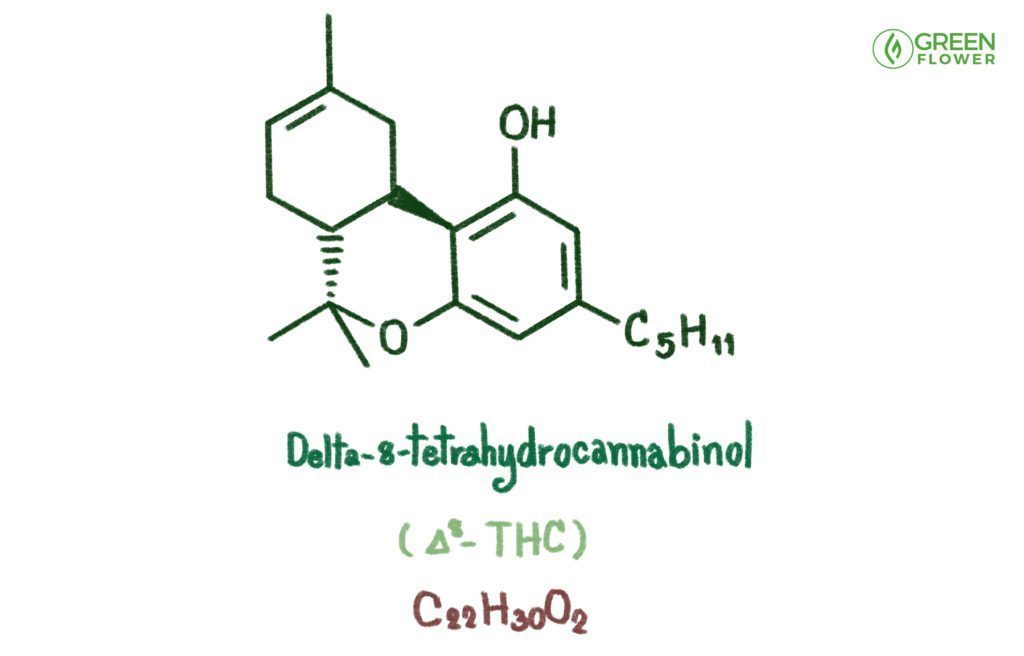
As we learn more about cannabis’ chemical composition, we’re learning more about minor cannabinoids like delta-8-THC. Delta-8-THC is attracting lots of attention for its therapeutic potential and differences from delta-9-THC.
Why is there so much hype around a cannabinoid that’s just one letter off from its famous cousin? Learn more about delta-8 THC, and other “rising star” minor cannabinoids, in this blog
What is Delta-8-THC?
Delta-8-THC is not unlike the more renowned delta-9-THC, with a similar chemical structure and potent intoxicating qualities of its own. On a chemistry level, they are isomers to each other. That is they contain exactly the same number of atoms but differ in the way those atoms are arranged. The structural change with D8 & D9 is just one single double bond.

Due to this similarity in structure, delta-8-THC & delta-9-THC binds with the CB1 receptor of the endogenous cannabinoid system (ECS), a series of receptors and internally produced chemicals that exist throughout the brain and body of humans and many other mammals. This interaction produces similar, yet medically distinct, effects as delta-9-THC. These include:

Anti-nausea: Delta-8-THC is thought to be an effective antiemetic, or a compound that suppresses nausea and vomiting. Studies have shown that delta-8-THC is so effective at preventing nausea and vomiting that it can completely suppress these symptoms in certain patients.
 Stress: Delta-8-THC could also be an anxiolytic — a compound that helps with emotional stress — much like its famed cousin. However, unlike delta-9-THC, delta-8-THC produces a less psychoactive experience, making it less likely to worsen jittery nerves or impair concentration when consumed in significant amounts.
Stress: Delta-8-THC could also be an anxiolytic — a compound that helps with emotional stress — much like its famed cousin. However, unlike delta-9-THC, delta-8-THC produces a less psychoactive experience, making it less likely to worsen jittery nerves or impair concentration when consumed in significant amounts.
 Appetite stimulation: Delta-8-THC’s anti-nausea properties can help consumers regain their appetite, making it an effective choice for those who find they don’t have enough of an appetite to meet their nutritional needs.
Appetite stimulation: Delta-8-THC’s anti-nausea properties can help consumers regain their appetite, making it an effective choice for those who find they don’t have enough of an appetite to meet their nutritional needs.

Pain: Delta-8-THC is thought to act as a systemic analgesic, relieving pain when consumed.
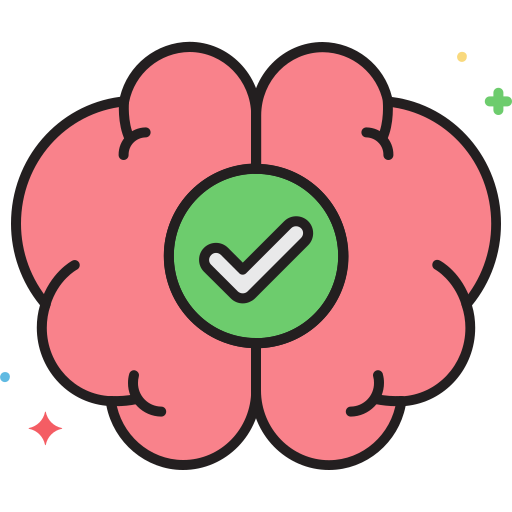 Brain health: Delta-8-THC could carry neuroprotective properties, which can help maintain a healthy brain. This could be useful for patients experiencing nerve pain and might even be applicable for preserving mental acuity and sharpness in aging consumers.
Brain health: Delta-8-THC could carry neuroprotective properties, which can help maintain a healthy brain. This could be useful for patients experiencing nerve pain and might even be applicable for preserving mental acuity and sharpness in aging consumers.
Delta-8-THC not only serves to address these common symptoms but also does so with a less potent intoxicating quality as delta-9-THC. This makes it ideal for consumers who have a low tolerance to delta-9-THC and prefer a less psychoactive experience.
What is the difference between delta-9-THC and delta-8-THC?
Despite the similarities, delta-8-THC is distinct from its more well-known counterpart in a few key ways, including:
 Quantity: Unlike delta-9-THC, for example, delta-8-THC is only found in small amounts in cannabis plants; it generally makes up less than 1% of the total chemical composition. Therefore, most delta-8-THC is derived through catalytic isomerization (using compounds to aid in the conversion from D9 to D8).
Quantity: Unlike delta-9-THC, for example, delta-8-THC is only found in small amounts in cannabis plants; it generally makes up less than 1% of the total chemical composition. Therefore, most delta-8-THC is derived through catalytic isomerization (using compounds to aid in the conversion from D9 to D8).
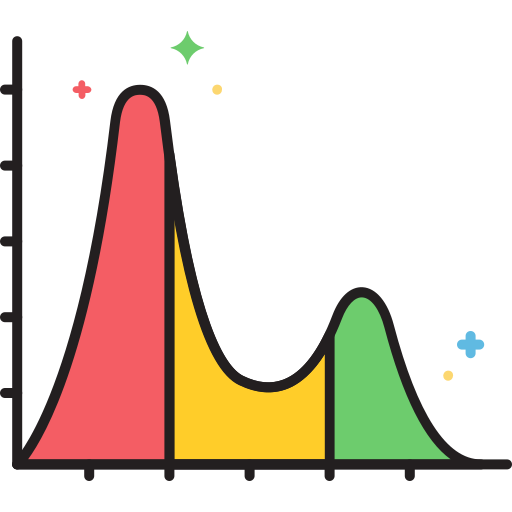
Lower psychotropic potency: Delta-8-THC offers similar benefits without packing as much of a punch. This makes it ideal for consumers who want to take advantage of properties like appetite stimulation, anti-anxiety characteristics, neuroprotective benefits and more without the heady high that delta-9-THC is well known for. It is also effective for consumers who want some level of intoxication but find consuming delta-9-THC negatively impacts their ability to concentrate.
 How it’s extracted: Because delta-8-THC is found in such small amounts, the only possible way to obtain a product potent in delta-8-THC is through extraction and isolation to produce a delta-8-THC distillate.
How it’s extracted: Because delta-8-THC is found in such small amounts, the only possible way to obtain a product potent in delta-8-THC is through extraction and isolation to produce a delta-8-THC distillate.
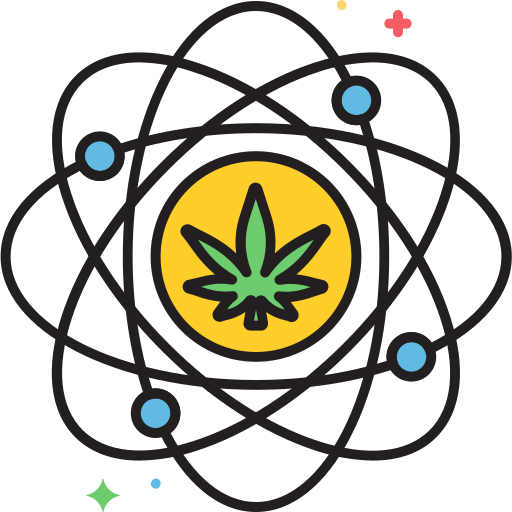 It may interact with CB2 receptors: Delta-9-THC does not interact with the CB2 receptors found within the endocannabinoid system, but there is evidence that delta-8-THC interacts with CB2 receptors. This could potentially signal a wide range of uses that delta-8-THC is suitable for that delta-9-THC is not, as the CB2 receptor is largely found throughout areas of the body associated with the immune system.
It may interact with CB2 receptors: Delta-9-THC does not interact with the CB2 receptors found within the endocannabinoid system, but there is evidence that delta-8-THC interacts with CB2 receptors. This could potentially signal a wide range of uses that delta-8-THC is suitable for that delta-9-THC is not, as the CB2 receptor is largely found throughout areas of the body associated with the immune system.
Other Minor Cannabinoids You Should Know
Delta-8-THC is not the only minor cannabinoid to gain some recognition due to recent research.
There is a litany of minor cannabinoids that were previously less understood than household names like THC and CBD but are now becoming the focus of increased study for their medical potential.
Here’s a closer look at some minor cannabinoids you are likely to hear about when researching cannabis products.

CBG
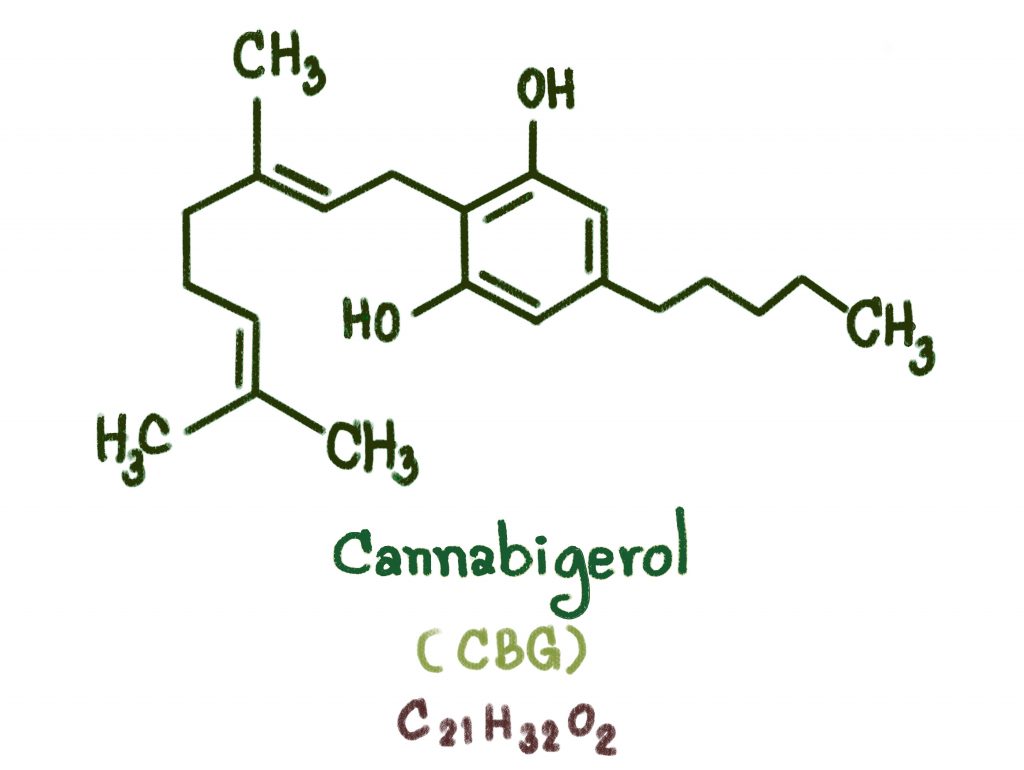
Cannabigerol earned the nickname “the mother of all cannabinoids” because it’s the precursor from which most other cannabinoids later develop. By the time a plant is mature, CBG makes up less than 1% of the total chemical composition of a plant but it is important beyond this critical function still. CBG is thought to work as an anti-inflammatory, analgesic, and antiemetic. It may even help arrest tumor growth. CBG will first be converted to one of three main cannabinoids – THC, CBD, or CBC based upon which synthase enzymes are present.
CBC
Cannabichromene cannabinoid is thought to excel at reducing inflammation and pain. Interestingly, it is thought to do this in a way that is different from many non-steroidal ant
i-inflammatory pain relievers available on the market, helping to avoid common side effects associated with those medications. Additionally, CBC might offer some anti-tumor benefits as well
CBN
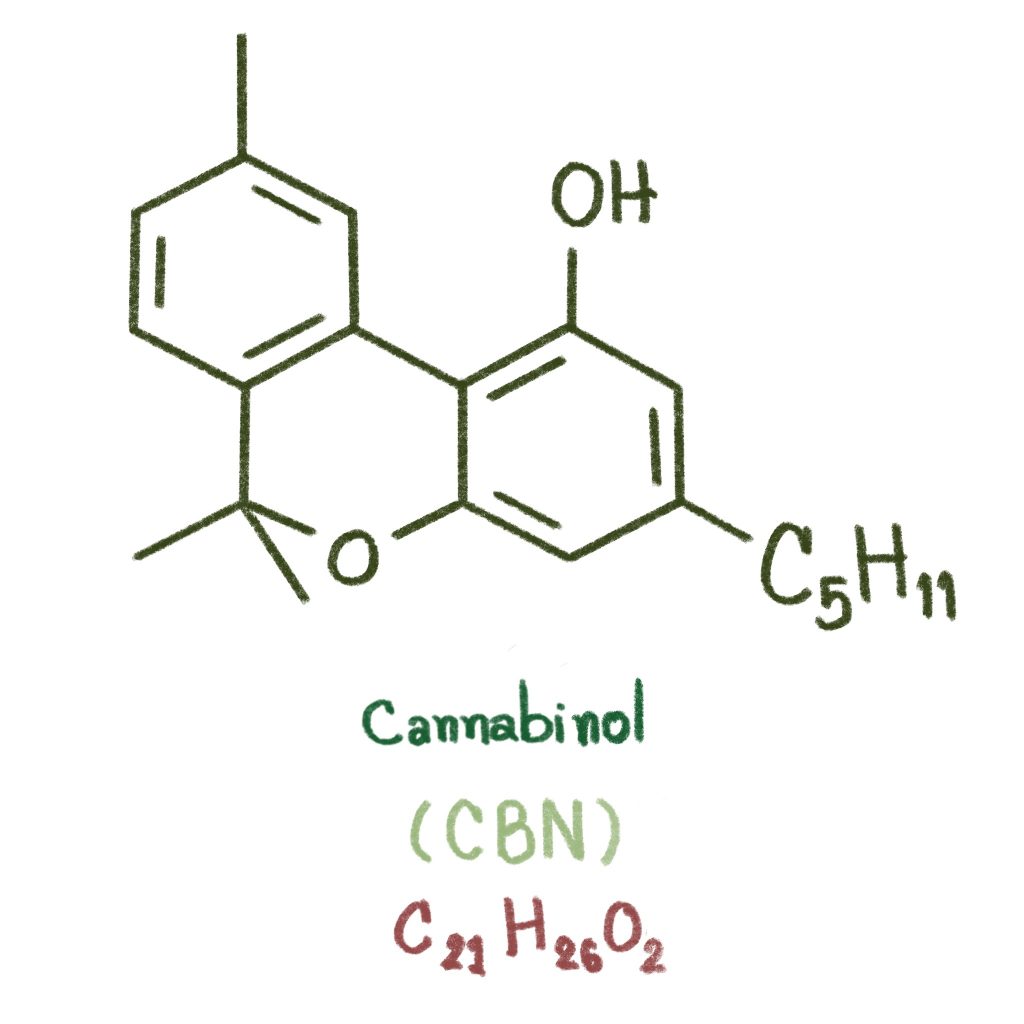
Cannabinol is the result of degraded delta-9-THC, but this cannabinoid has properties all it’s own. If you’ve consumed older dried cannabis flowers, you may have felt drowsy afterward. That’s because the delta-9-THC has already degraded into CBN, which acts as a sedative. It’s also thought to help regulate the immune system and serve as an analgesic.
CBGV
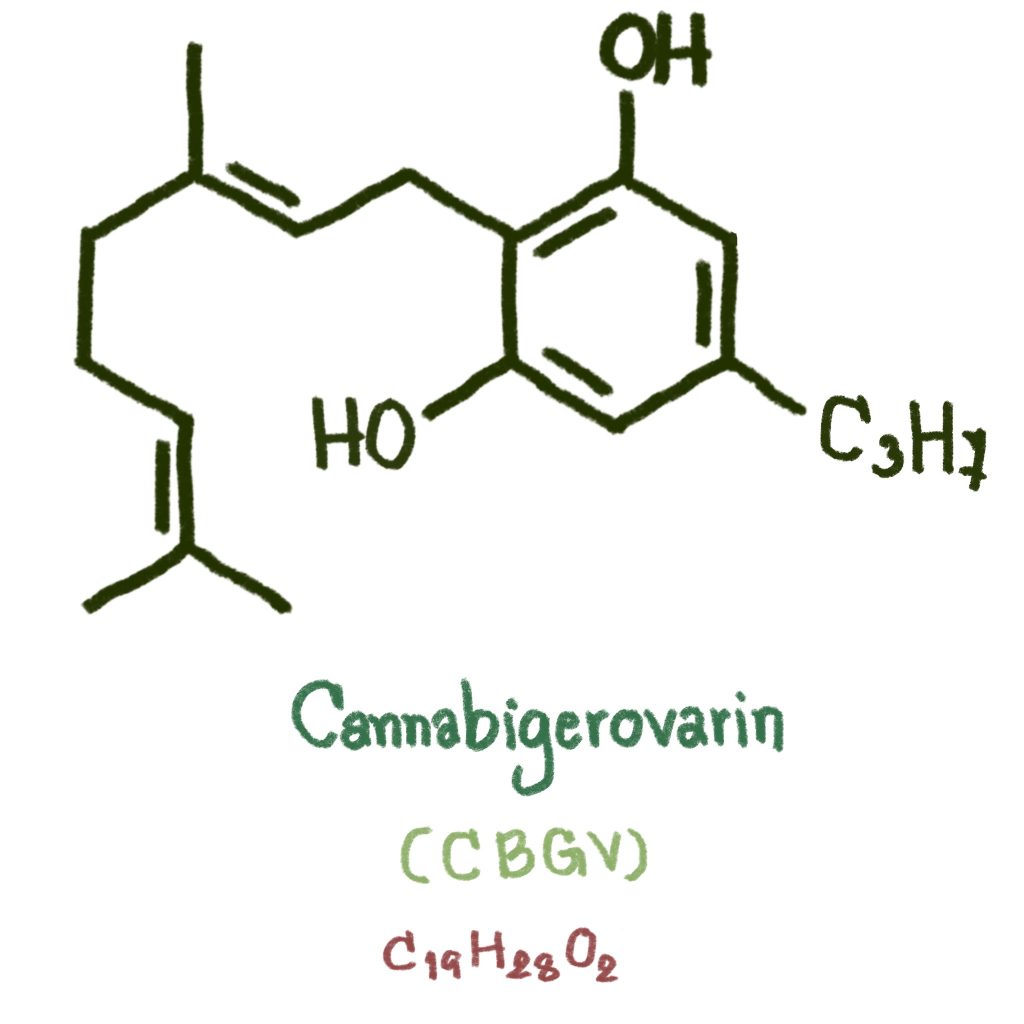
Cannabigerivarin is a derivate of cannabigerol. CBGV produces no psychoactive effects and is theorized to boost the ability for THC to bind more readily with cellular receptors. Additionally, research believes CBGV boosts CBD metabolism while making CBD more powerful has been reported. Similar to CBG, anti-inflammatory, analgesic, & antiemetic properties have been shown.
THCV
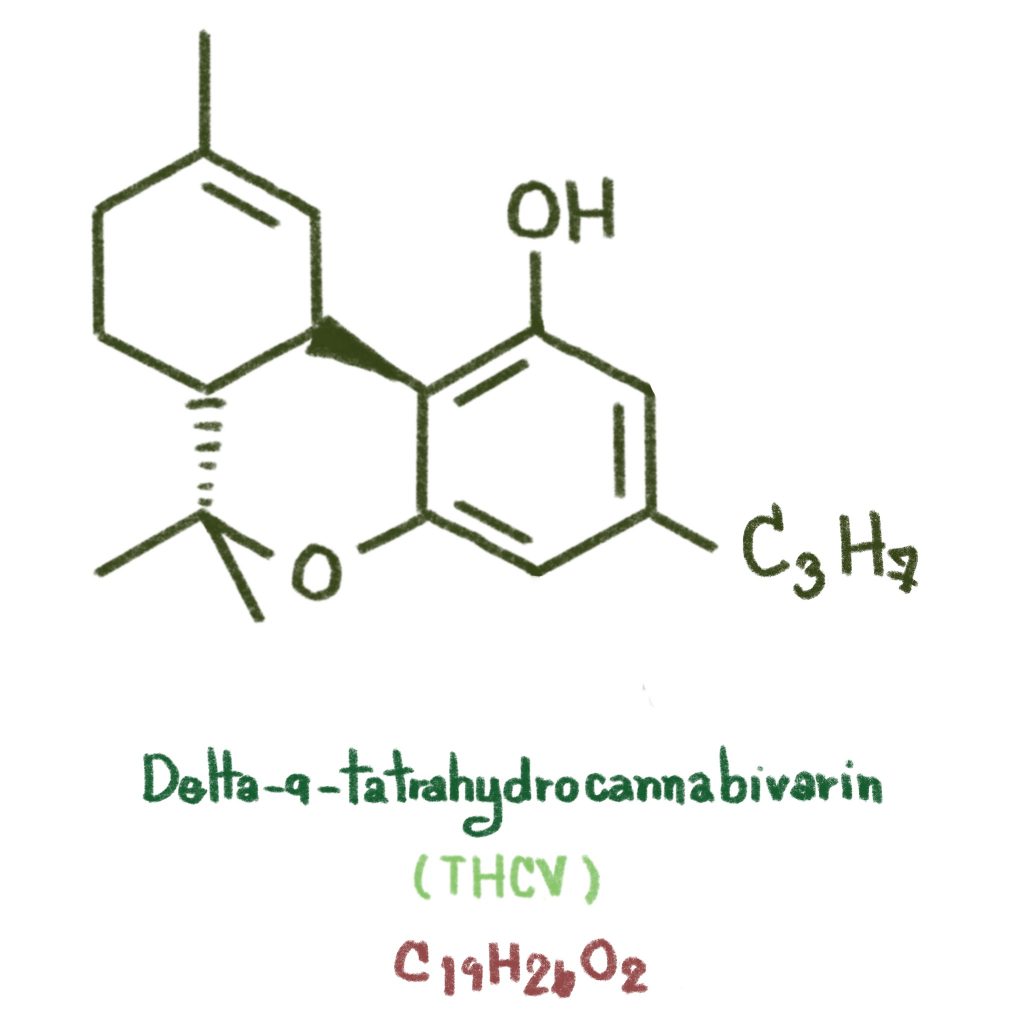
Tetrahydrocannabivarin is similar in some ways to delta-9-THC and delta-8-THC, but the effects of this cannabinoid can be quite different. The most obvious difference is its effect on appetite: unlike other forms of THC, THCV is an appetite suppressant and won’t give you the “munchies.” Interestingly, THCV is also thought to promote bone density and regulate blood sugar and insulin levels.
CBDV
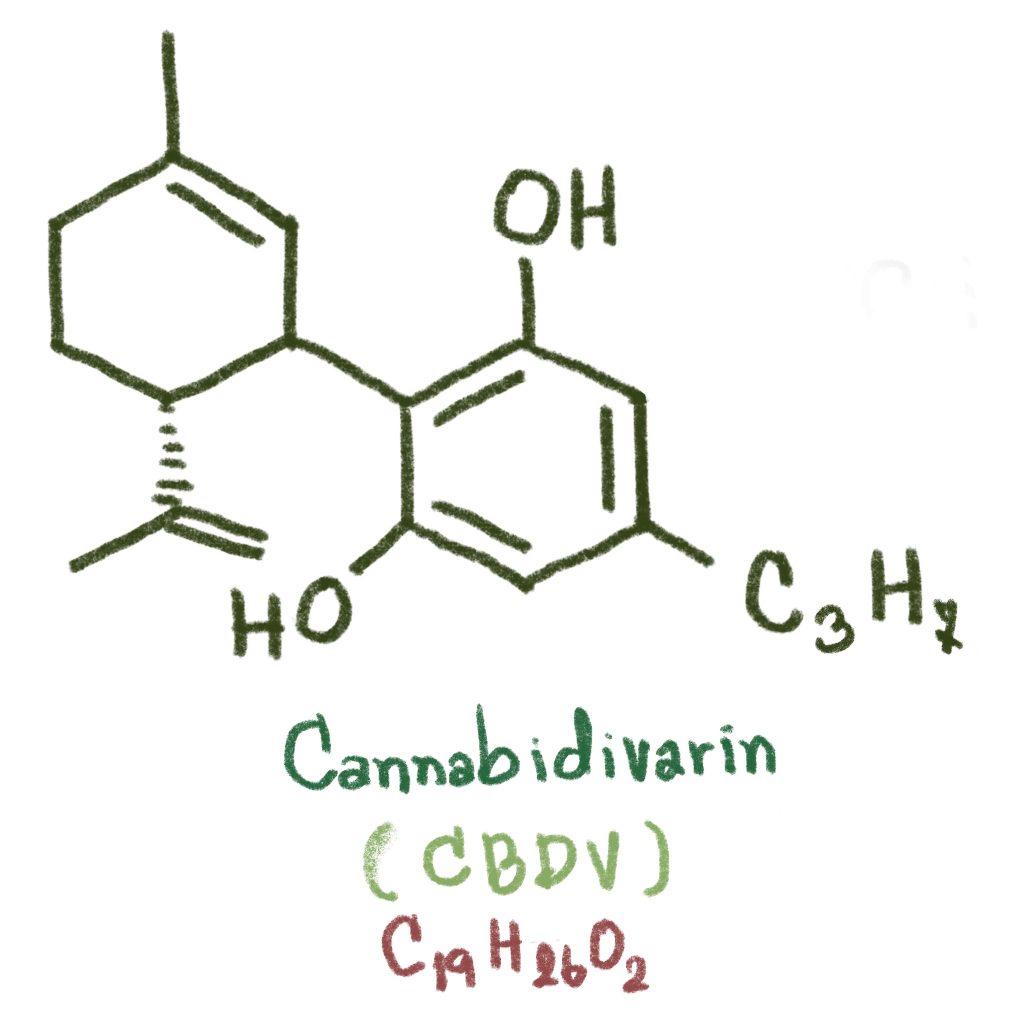
Cannabidivarin is primarily found in pure Indica landrace strains of cannabis and, like CBD, is an effective anticonvulsant. It is also thought to support memory consolidation. Unlike THC, CBDV is non-intoxicating.
The ECS Connection

Understanding how these minor cannabinoids work together with other cannabis-derived compounds can give you greater insight into what makes a cannabis product work well for you.
It all comes back to the nature of the ECS and how each compound present in a product pulls the levers of the CB1 and CB2 receptors, serving to regulate a wide range of bodily processes tied to the central nervous system and immune system.
How Minor Cannabinoids Impact the Consumption Experience
All these minor cannabinoids work together, alongside major cannabinoids, to impact the overall consumption experience. This is called the entourage effect, a theory that articulates how various compounds (including cannabinoids and terpenes found in cannabis) work together to enhance each other’s effects.
Understanding which cannabinoids are present in your favorite products – and in which proportions they can be found – can help you select the right cannabis product for your unique needs.
While the entourage effect remains a working theory, studies suggest that the presence of multiple cannabinoids can enhance the individual effects observed in each cannabinoid alone.
Minor cannabinoids remain a bit of a mystery in terms of the entourage effect, but as more are studied individually and in combination, researchers hope to understand how to harness the entourage effect for more effective combinations for medical applications.
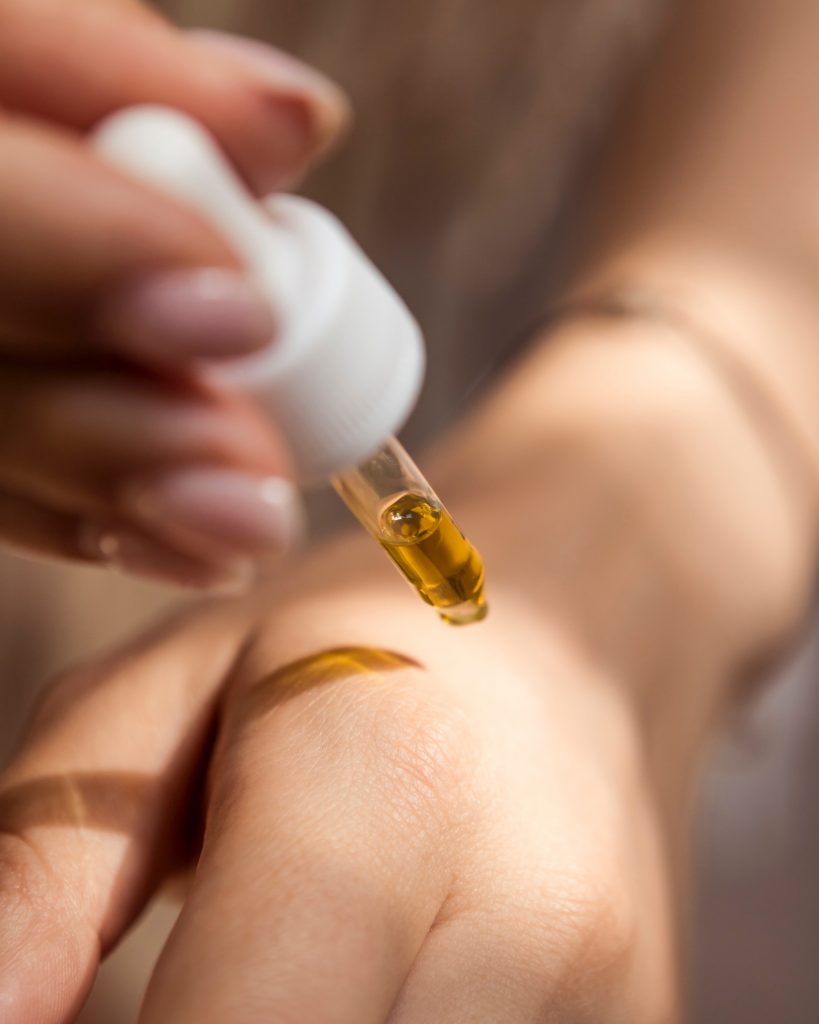
For consumers, understanding the full range of cannabis-derived compounds can help them better gauge the effectiveness of individual cannabis products.
And while research is ongoing, it is helpful to make note of the compound profiles of the products you find most effective; chances are the unique combination of cannabinoids and terpenes have something to do with it.
Minor cannabinoids will play a growing role in cannabis
Don’t let the moniker “minor” fool you.
As researchers learn more about these less frequently cited cannabinoids and how they interact with the ECS (especially in regard to the entourage effect) they will likely become more and more important when it comes to selecting the right cannabis product.

As cannabis research progresses, it’s becoming clear that the relationship between major cannabinoids, minor cannabinoids, and terpenes is the key to understanding the therapeutic potential of the whole plant.
Whatever your reasons for consuming cannabis, don’t overlook minor cannabinoids simply because they haven’t historically shared the limelight with THC and CBD – all that is changing, and very quickly.


